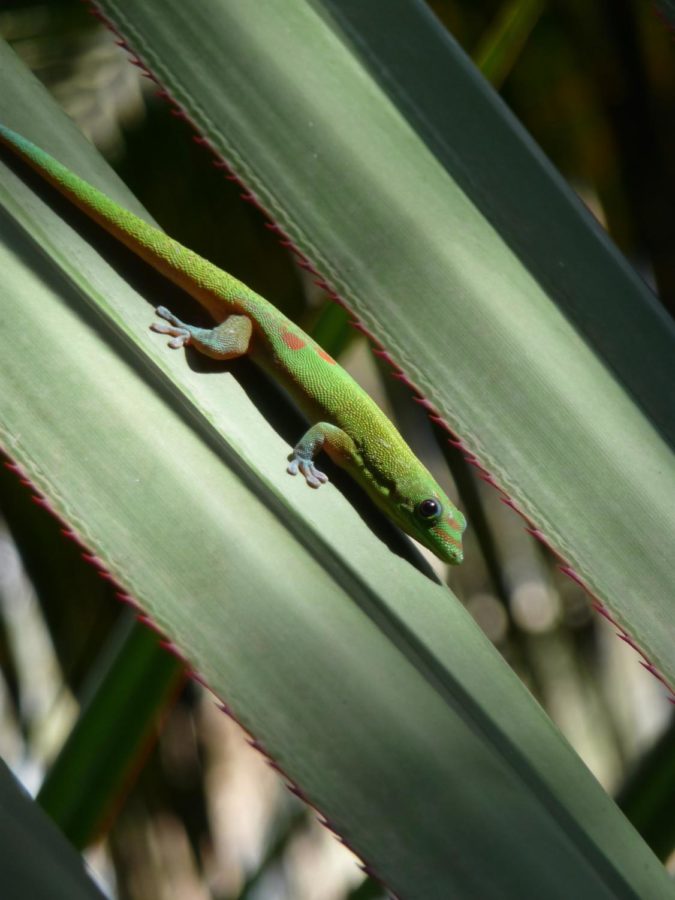Shiralkar: The GEICO gecko is a successful industry convert
April 4, 2021
I have never owned a car in the U.S., but I have owned a phone with a working SIM card. Somehow, I get automated calls (daily) for the expired warranty on only one of these things, and it’s not the phone. I have reason to believe that GEICO’s iconic mascot, the lizard with the nice British accent, was the successful result of a marketing campaign that converted a cold-blooded animal from a naysayer to their main ad man. This column reflects my own opinions and theories — do your own research before purchasing insurance, if at all.
It should be safe to assume that there exists a shared cinematic universe where all animated mascots interact with each other. Like real-life mascots, there shouldn’t be any reason for them to not unwind with a couple of beers after work. In fact, there are theories that examine entire lives of these mascots. One theory says GEICO’s old mascot, Maxwell the pig, actually got into a car accident and had to pay for damages — hence all the commercials with him working odd jobs at the theater and rehabilitating at yoga centers.
Anyway, GEICO introduced the gold dust day gecko (unconfirmed first name Martin) in 1999, designed by the Martin Agency as a very realistic reptile who is sick of all the calls he’s getting. He’s shown at a press conference, pleading to not be confused with the car insurance company that could save you hundreds of dollars. The second ad spot that features the gecko shows him shoving his telephone in the trash while mumbling irritably in a cockney accent. “I’m a gecko!” he says, “not GEICO!”
So how did this annoyed member of the upstanding reptilian community become the poster boy for the very company that was the source of this annoyance? There’s a timeline here that tells a convincing story. In the ad spots that follow, the gecko changes appearances from the more realistic-looking gecko to a more personable, CGI mascot. It’s evident that GEICO’s marketing team is sharp — from the get-go, the gecko has no trouble with public appearances, even while clarifying that he is not the individual that customers should contact.
In an innovative ad campaign that has gone unexamined, GEICO’s most convincing market conversion has to be this switch. The gecko became the very thing he swore against — over time, we see that the gecko’s efforts against GEICO dwindle away, and he speaks more freely about the benefits of getting insurance through GEICO. From barely half a sentence in the first ad spot about the company (1999) all the way to almost a minute of campaigning (2021), the reptile definitely has had some character development in favor of the company that may not entirely be organic. But what do I know? Choose your own insurance plans and stay hydrated.

















